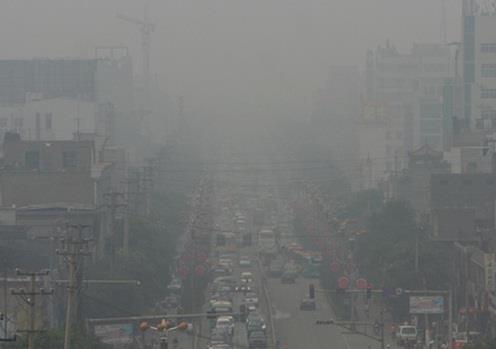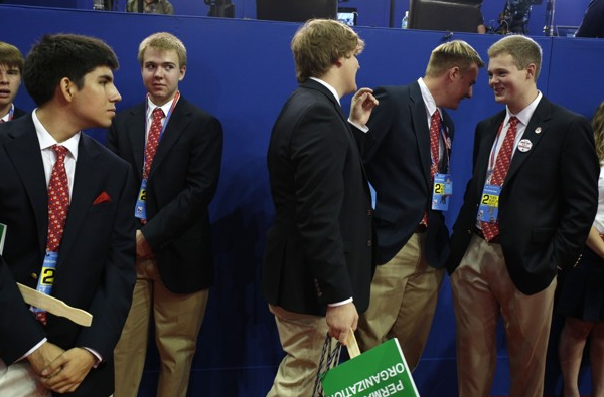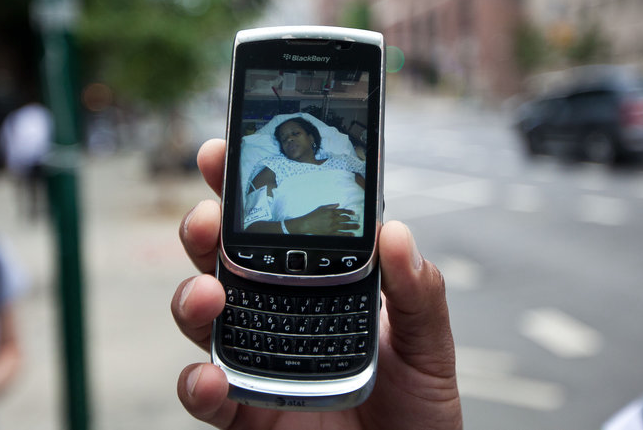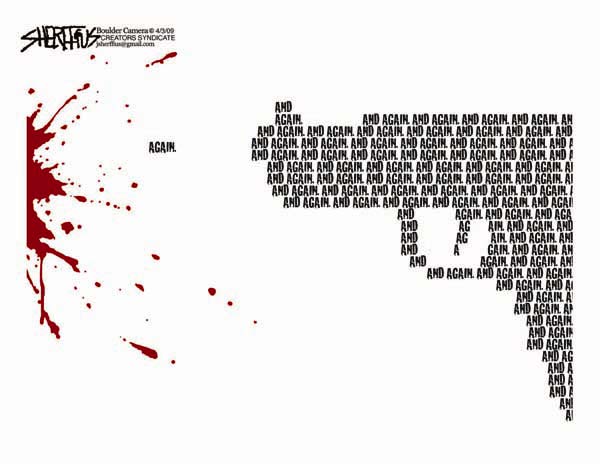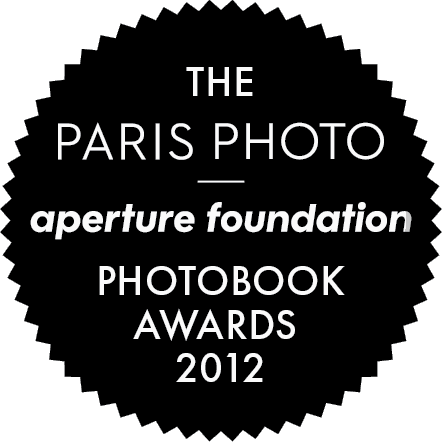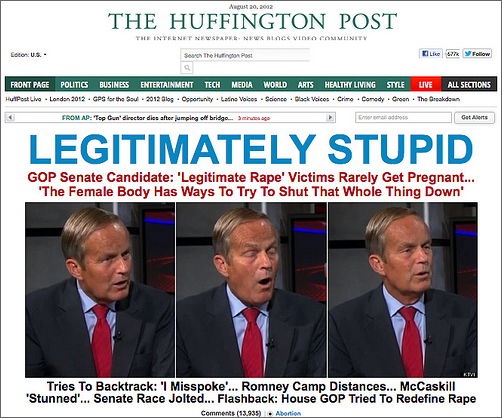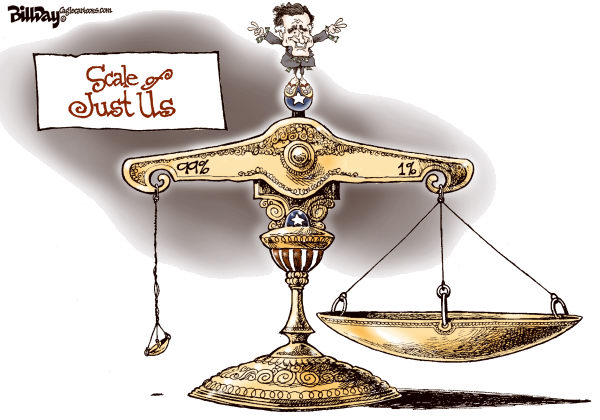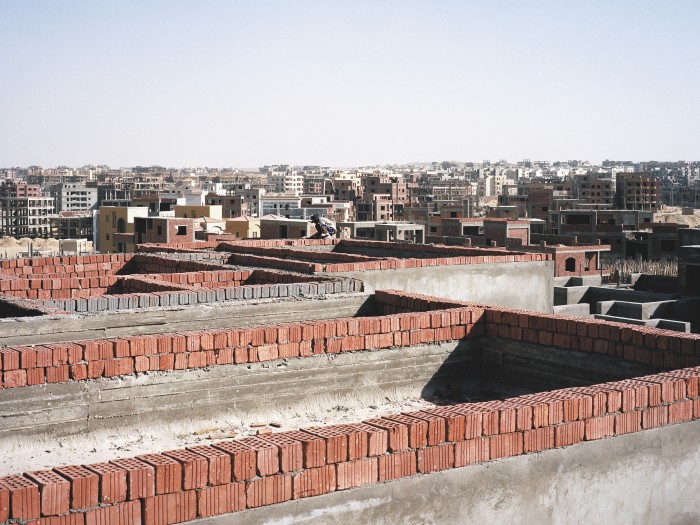Capture 2012: Photography, Nature, Human Rights
Interdisciplinary Conference and Workshop at Yale
October 12-13
CALL FOR PAPERS
Photographic documentation has become a key tool in the fight for human rights and against political violence, mediating responses to global zones of distress. Photography is often thought of as a way of disseminating evidence of human rights violations in order to call for immediate action. Capture 2012 proposes to divert attention to another aspect of these broadly circulated images: Human rights violations are never captured independently of their harmed environments. At the same time, violations reported around the world are directly related to the devastation of natural resources like air, light and water, whether interpreted as catastrophic events or gradual declines. Communities on the move after the Fukushima Daiichi explosion, or North African migrants landing in the Italian island of Lampedusa, were only tenuously represented in the media in connection to the ecological crises in the background of their flight. However, those visual representations suggest new understandings of the conditions of visibility, the environment and the relationships among them.
From another perspective, photography can be perceived as subjected to parallel environmental transformations, as in the case of smog darkening the photographic images coming from places like Linfen, China. We hope that by linking photography to the environment and to environmental critiques, we could start a discussion that enriches the discourse on human rights as a way of sharing the world and sustaining it. We wish to bring together challenges to the claims of human rights and critical analyses of photography. Therefore, we intend to include images and ideas in our conversation as a way of connecting theory and practice, scholarship and art, activism and writing.
Capture 2012 invites contributions and interventions from various fields and practices such as: international law, journalism, history of art, photography, political science, geography, literature, sociology and cultural studies.
Topics of visual and/or textual presentations may include, but are not limited to:
– Human rights and contemporary visual culture
– Cameras and activism: theoretical and practical perspectives
– Human rights and animal rights in dialogue
– Nature photography and the meaning of disaster
– The politics of earthquakes, floods, and droughts
– Environmental sensibilities in visual communication
– Visual representation of uclear power in contemporary media
We seek short papers (10-12 pages) or visual presentations that will advance the conversation around the issues that Capture2012 embraces. If you wish to present your work at the conference, please send a 300 word abstract (Word format only) and a short bio no later than September 15, 2012 to capture2012.conference@gmail.com
Keynote speakers: Anne McClintock, the Simone de Beauvoir Professor of English and Women’s and Gender Studies at UW-Madison, and Ariella Azoulay, Professor of Modern Culture and Media, Brown University and Director of Photo-Lexic International Research Group, Minerva Center, Tel Aviv University.
Capture 2012 is supported by the Orville H. Schell, Jr. Center for International Human Rights, the Yale Law School, and the Yale Photographic Memory Workshop.
